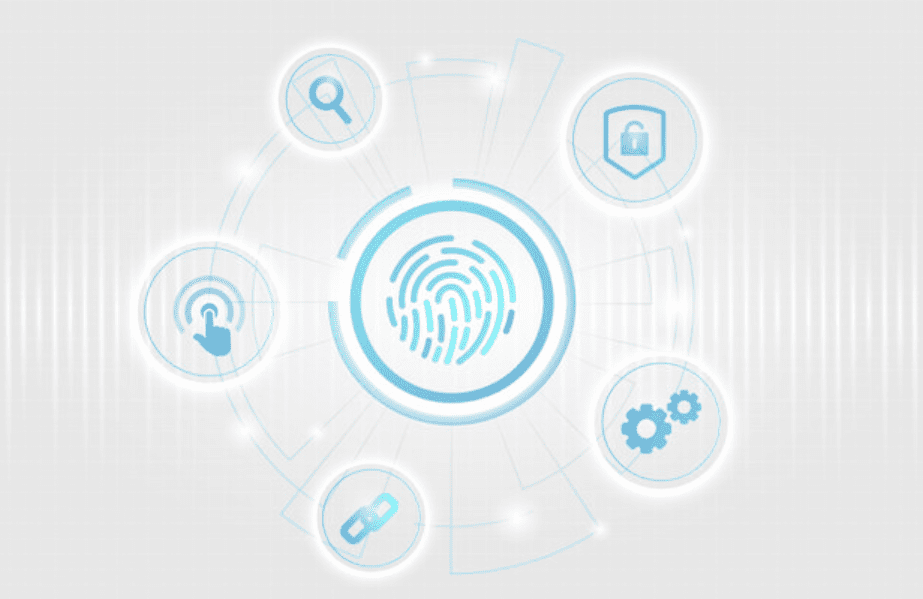Gangsters cutting off enemies’ fingers to access secret locations and spies lifting fingerprints from martini glasses – the imagination of the entertainment world has been running wild ever since biometrics entered the scene.
Couple that with the limitations of some early biometric solutions from fifteen years ago, still anchored in the minds of many consumers, and you have the perfect recipe for an apprehensive and uncertain public.
Thawing lukewarm attitudes with a biometric touch
The biometrics industry has made great strides in the last few years – something particularly true for smartphones. Fingerprint authentication has replaced PINs and passwords as the most popular way to authenticate on mobile, with 70% of shipped smartphones now featuring biometrics.
And it doesn’t end there. Many adjacent markets are now eager to benefit from the secure and convenient authentication solutions that biometrics offer. Take the payments industry, for example, where biometrics payment cards are currently gathering real momentum.
However, some consumers are still uneasy about accepting biometrics. A recent study found that 56% of US and EU consumers are concerned about the switch to biometrics as it’s not enough understood to be trusted.
Although attitudes are shifting for the better, stats like this demonstrate there is still some work to do to disprove common biometric myths and showcase just how smart today’s solutions really are.
Dispel, adopt, repeat
The evolution in consumer biometrics in the last two decades has been phenomenal. And today’s solutions are far more advanced and safe than many may think.
To help bring an end to the myths, let’s expose some of the most common misconceptions around biometrics.
Myth: Biometric data is stored as images in easy-to-hack databases.
A leading myth about biometrics is that when a fingerprint is registered to a device, it is stored as an image of the actual fingerprint. This image can then be stolen and used across applications. In reality, the biometric data is stored as a template in binary code – put simply, encrypted 0s and 1s. Storing a mathematical representation rather than an image makes hacking considerably more challenging. In most consumer applications, this template is also not stored in a cloud-based location, its securely hosted in hardware on the device itself for example in the smartphone, in the payment card. Thus, it stays privately with its owner.
Myth: Fingerprints can be easily replicated to ‘trick’ devices.
The internet is full of articles and videos that claim it is possible to use materials from cello tape to gummy bears to craft fingerprint spoofs and access biometric systems. Although there may have been a time where gummy bear spoofing was the go-to party trick, todays’ consumer biometric authentication solutions have many technological defences, such as improved image quality and matching algorithms, to simply ‘trick’ devices. Plus, on top this, the criminal needs to have access to the person’s device where this fingerprint is enrolled e.g. smartphone, payment card, before he/she notices and blocks it. This is not scalable nor common, in comparison to gaining access to someones PIN code or skimming a contactless card.
Myth: Physical change will prohibit access to my device.
Although our irises don’t change as we age, our fingerprints can and our faces will. Does that mean we have to update our biometric devices every few months to capture these changes? Not quite! Unless there are drastic, sudden changes, the ‘self-learning’ algorithms in modern-day biometric systems are able to keep up with our developing looks.
Who you gonna call? Mythbusters!
These are just some of the common biometric myths and misunderstandings perpetuating in consumer mindsets. Thankfully, though, while we’re working hard to rid the world of the myths, belief in the value of biometrics is only expected to grow. But as solutions expand and diversify, the myth-busting fight will continue.
Fingerprints has been a leader of innovation in biometrics for the last two decades. We’re proud of the expertise and R&D we’ve been able to pour into our biometrics solutions to deliver stronger security and a better user-experience. To learn more about the most common biometric misconceptions and the modern-day technology that allows us to dispel them, download our eBook here.
